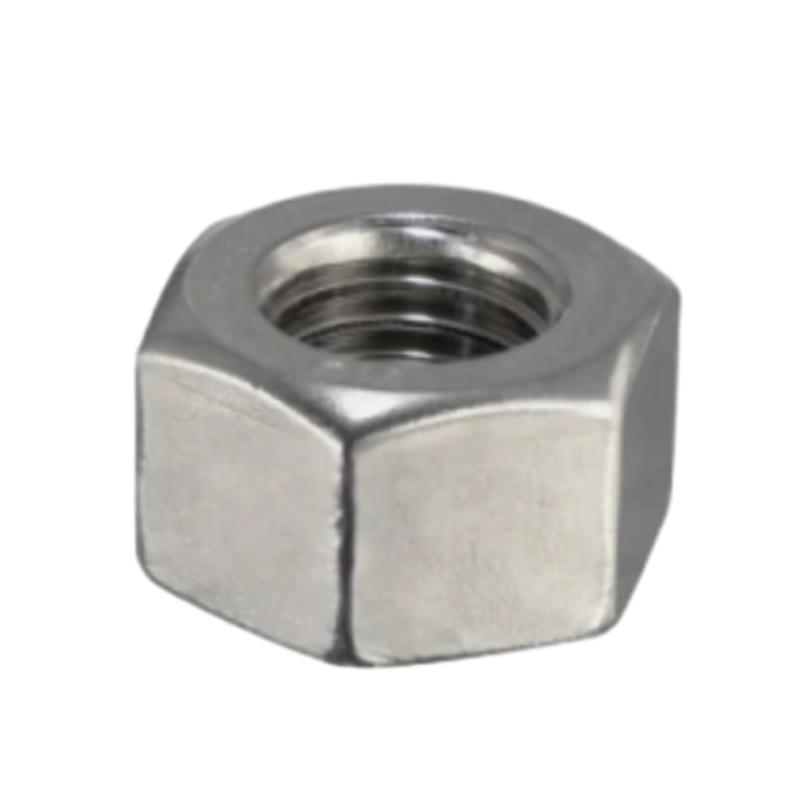Jul . 27, 2024 01:22 Back to list
Understanding the Importance of Safe Anchor Bolts in Construction and Structural Integrity
Understanding Safe Anchor Bolts Essential Components for Structural Integrity
Anchor bolts play a crucial role in ensuring the stability and longevity of various structures. These bolts are used to secure foundations, machinery, and other heavy equipment to a solid base, thereby preventing any movement that could compromise safety. Among the various types of anchor bolts available, safe anchor bolts emphasizes both the material quality and the design of the bolts to ensure maximum safety and reliability in construction applications.
The Importance of Safe Anchor Bolts
In construction and engineering, the term safe pertains to the ability of a component to withstand mechanical loads and environmental conditions without failure. Safe anchor bolts are designed to endure significant stress, resist corrosion, and provide structural support over time.
When implementing safe anchor bolts, several factors must be considered
1. Material Strength The choice of material is critical in determining the safety and longevity of anchor bolts. Common materials like stainless steel, carbon steel, and reinforced alloys are frequently used depending on environmental conditions and load requirements. Stainless steel, for instance, offers superior resistance to corrosion, making it ideal for outdoor and seaside applications.
2. Load Capacity Safe anchor bolts must be selected based on the specific load they are expected to handle. This involves calculating the maximum loads and understanding the stress distribution within the structure. Engineers often use safety factors in their calculations to ensure that the bolts can withstand forces greater than anticipated.
safe anchor bolts

3. Installation Techniques Proper installation is critical for the performance of anchor bolts. Techniques such as embedding depth, bolt spacing, and alignment should comply with engineering standards. Misaligned or improperly installed anchor bolts can lead to structural failures, thereby compromising safety.
4. Environmental Considerations Certain environments can pose significant challenges for anchor bolts. For instance, structures exposed to moisture, chemicals, or extreme temperatures will require anchor bolts that can withstand such conditions. Implementing protective coatings or selecting specialized materials can enhance the lifespan and reliability of the bolts.
Applications of Safe Anchor Bolts
Safe anchor bolts have a variety of applications across different industries. In construction, they are used to secure buildings, bridges, and towers to their foundations. They are also crucial in heavy machinery installation, ensuring that equipment remains stable even under heavy operational loads.
In the renewable energy sector, such as wind farms, safe anchor bolts are essential for securing wind turbines to their bases. Given the constant movement and the forces exerted by wind, the integrity of these anchor systems is vital for safety and efficiency.
Conclusion
In conclusion, safe anchor bolts are an indispensable component of structural integrity in a range of applications. Their design, material selection, and proper installation play a pivotal role in ensuring the safety and durability of structures. As construction technology continues to evolve, the demand for innovative and robust anchoring solutions will likely increase. It is imperative for engineers and construction professionals to prioritize the selection of high-quality anchor bolts and adhere to best practices for installation. By doing so, they can significantly reduce the risk of structural failures, ultimately ensuring the safety of both workers and the public.


